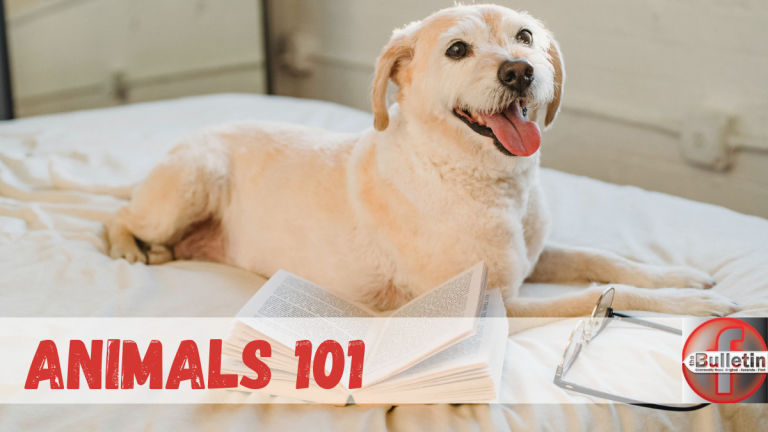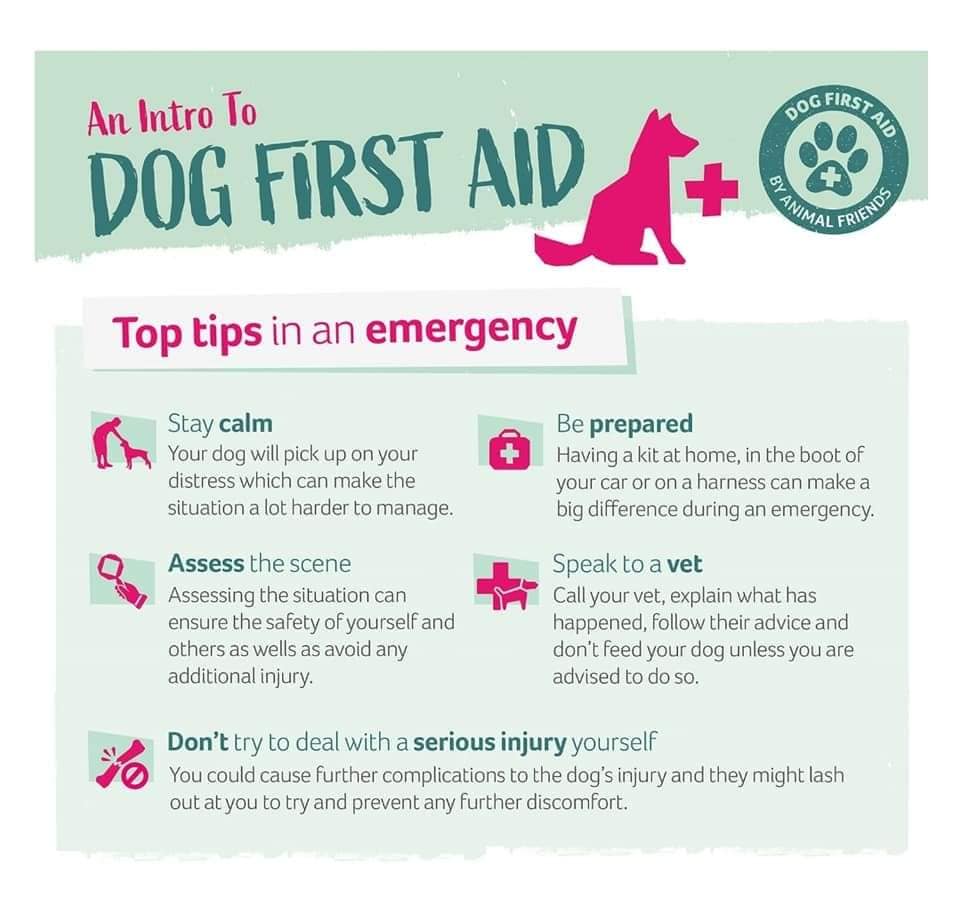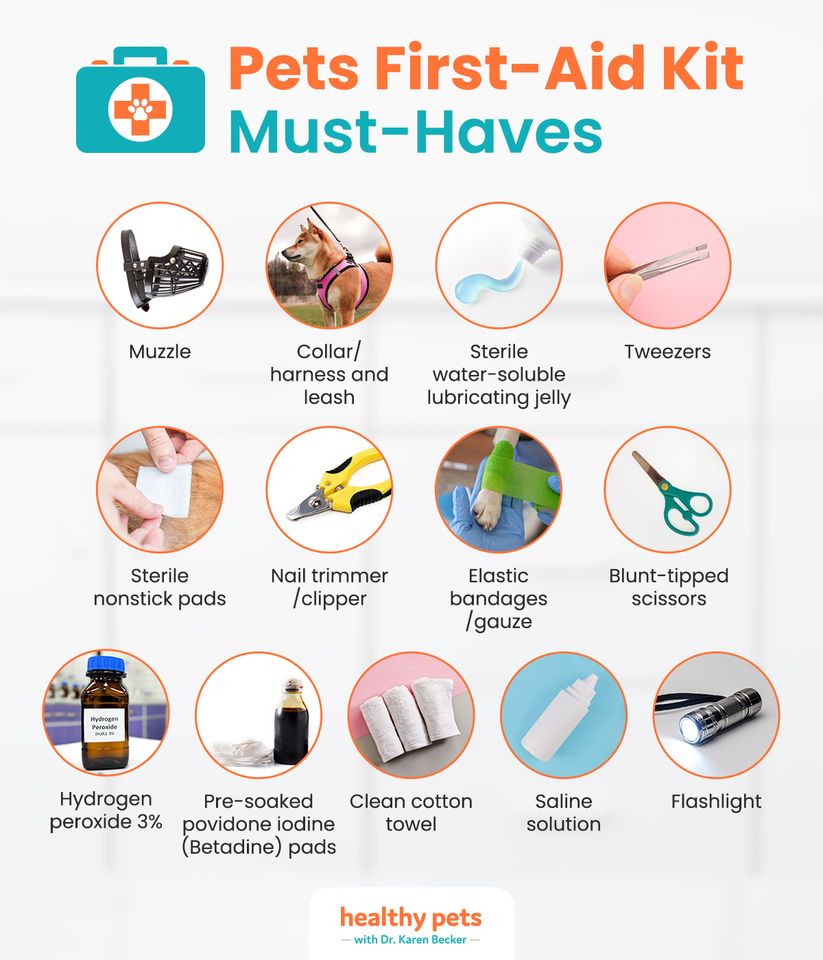
KNOWING WHAT TO DO DURING AN ANIMAL EMERGENCY CAN BE THE DIFFERENCE BETWEEN LIFE AND DEATH.
When your animals suffer an injury or poisoning, knowing what first aid to do can have a massive impact on their recovery, safety and comfort. This is an important topic with much more to learn, but let’s get into some of the basic tips.
FIRST DO YOUR RESEARCH
Knowing and understanding what illnesses and conditions our pets might face is the key to the longevity of life. Whichever animal species you are a guardian (owner) of, learn about first aid and CPR for the particular animal, the breed, or species-specific health conditions they may suffer from. Also learn about the medications they can take, body language and signs of pain or stress in the particular specie.
PREPARE
Always be prepared for emergencies in advance. This includes physically, like your first aid kit, emotionally by knowing what to do and financially because emergencies can be expensive. Some of the most likely emergencies may include, poisoning, wounds, seizures, drowning or choking. Save your veterinarian’s emergency number and a backup one in case, in advance.
PREVENTION
Prevention is always better than cure! Keep them healthy, dewormed, vaccinated and treated against ticks and fleas. Feed a species-appropriate diet and provide proper enrichment (mental/physical/social, etc.). Make sure their enclosure/yard is the right size and safe to prevent injury and stress. Keep dangerous objects and products out of their reach and KEEP THEM OUT OF THE STREETS!
Prevention also includes regular health checks, whether at your vet or by yourself.
HEALTH-CHECK LIST
- Behaviour
- Body Condition
- Skin & Coat
- Ears & Eyes
- Nose & Mouth
- Nails & Paws
- Stool check
- Vitals like breathing, heart rate, body temperature

WHAT TO DO DURING AN EMERGENCY?
- First, stay calm and ensure the safety of yourself and others. Assess the situation before acting. Remember that injured animals can be frightened and may act differently than usual when you touch or interact with them.
- Contact your vet. There may not always be a vet available immediately, but staff may be able to suggest immediate action you can take to help your pet. Have a pen close by in case another number is given.
- More effective treatment can be provided if they are taken to the vet immediately instead of waiting for a call-out vet.
- If there is a risk of biting, put a muzzle on. If you don’t have one, you can make a temporary one, but it should never cause difficulty breathing and the nose need to be open. Small dogs or cats may be restrained by putting a towel over their heads or wrapped around their body.
- Never give human medicines to a pet without consulting with your vet as it could do more harm. Some medications are fine in one specie but lethal in another.
- Do not give food or something to drink in case an anesthetic is needed.
- Drive carefully when taking the patient to surgery.
- Do not remove penetrating objects. It needs to be stabilized and only removed by a trained individual.
- Don’t try to deal with serious injuries yourself.
Also read Allergies in pets
YOUR PET FIRST AID KIT
It is important to fit your first aid kit for the particular specie of animalsyou are a guardian (owner) of. What you may need for a bunny can be different from what you need for a dog. It is also important to store the supplies together and where they are easily accessible. You can put it in a backpack, tackle boxes, toiletries bags, etc.

Rescue packs for poisoning – This for us is a must-have since poisoning emergencies occur daily. These kits include activated charcoal which may buy precious minutes, to get them to the vet to save their life. They still need to go to the vet after administering this rescue pack. You can usually buy them from your local SPCA or other organizations for less than R50.
Dressings / “white goods” – These are items like medical tape, non-stick pads, roll gauze, gauze squares, and cotton-tipped applicators. They can be used to help stop bleeding, cover and protect the wound or keep the dressing in place. It’s also helpful to include an old white sheet.
Cleaning supplies/disinfectants – Pre-packaged pads like alcohol pads or betadine pads work well in smaller kits. Bottles with these solutions can be stored in your larger kit. Hand sanitizer can also be useful and I guess many of you currently have stock of this.
Tools to use – This will include scissors, tweezers, a flashlight, a CPR barrier mask, gloves, duct tape, and a carabiner that can all be useful in an emergency. Nail clippers specifically for your pets, syringes and plastic bags can also be included.
Pet-specific items – A muzzle, an extra leash, a harness and booties are pet-specific items that should be considered based on your pet and your needs. Many of these items have the potential for multiple uses! Some form of restraint is important to protect your pet from further injury or cause injury to you.
Water – Water is not only useful for drinking, but also for flushing wounds, soothing burns, washing off toxins, soaking a paw, or cooling an overheated pet. Keep some water in your first aid kit along with a collapsible water bowl.
Medications – In addition to a small quantity of your pet’s regular medications, you can also include something to help stop bleeding, something for mild allergic reactions and sugar tablets that can help a diabetic pet or a pet with low blood sugar.
Hydrogen peroxide or small amounts of salt can induce vomiting and help get rid of ingested toxins or foreign objects. Vomiting should not always be induced, so only do this under the direction of a veterinarian, as some toxins or materials will cause more harm if they are vomited up. Additionally, hydrogen peroxide should never be given to a cat, as it can cause severe stomach bleeding. Dr. Lubbe shared more on this here.
Talk to your vet about which medications as they know your pet best.
Thermometer – A thermometer is necessary for determining if your pet has a fever or is hypothermic (the normal body temperature for a dog and cat is approximately 37-39°C) The temperature should be taken rectally, as it more accurately reflects the pet’s core body temperature. To make the insertion easier on your pet, keep a petroleum or water-based lubricant in the first aid kit.
A thermal blanket can be helpful too.
Treats – This can be used to distract your pet, help keep them calm, or even as a reward for being a “good boy or girl” during an emergency.
Emergency information cards – You don’t want to be looking for numbers when an emergency happens, so save all the important local numbers in one place and have a copy of it in your first aid kit. You can put an emergency card about your pets in your wallet and car. Here are example cards to print.
Please note that this is not a complete kit content list!
When your pet is choking you can perform the Heimlich maneuver, but when they are not breathing nor have a pulse, you will need to perform CPR, which may differ a bit for example with birds versus dogs.
When you are away, please don’t leave your pets without someone checking in every 8-12 hours at least. Have an emergency plan for pets when something happens to you and include them in your will, in case of death. Consider adding small bords somewhere in your home near an entrance in case of a fire, which includes how many and what kinds of pets live there. This should not be obvious to thieves.
It is always better to be prepared for an emergency or know first aid and not use it than to need it and not have the skills. You can contact Langamed to attend one of their pet first aid courses.
Next week we will look at what we look for in a veterinarian.
WHEN YOU KNOW BETTER, DO BETTER!